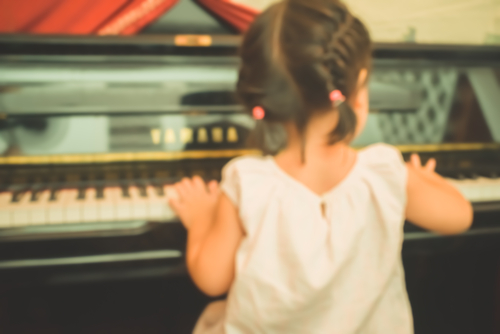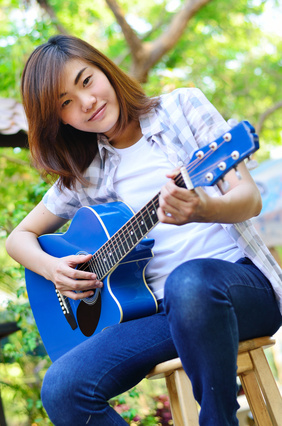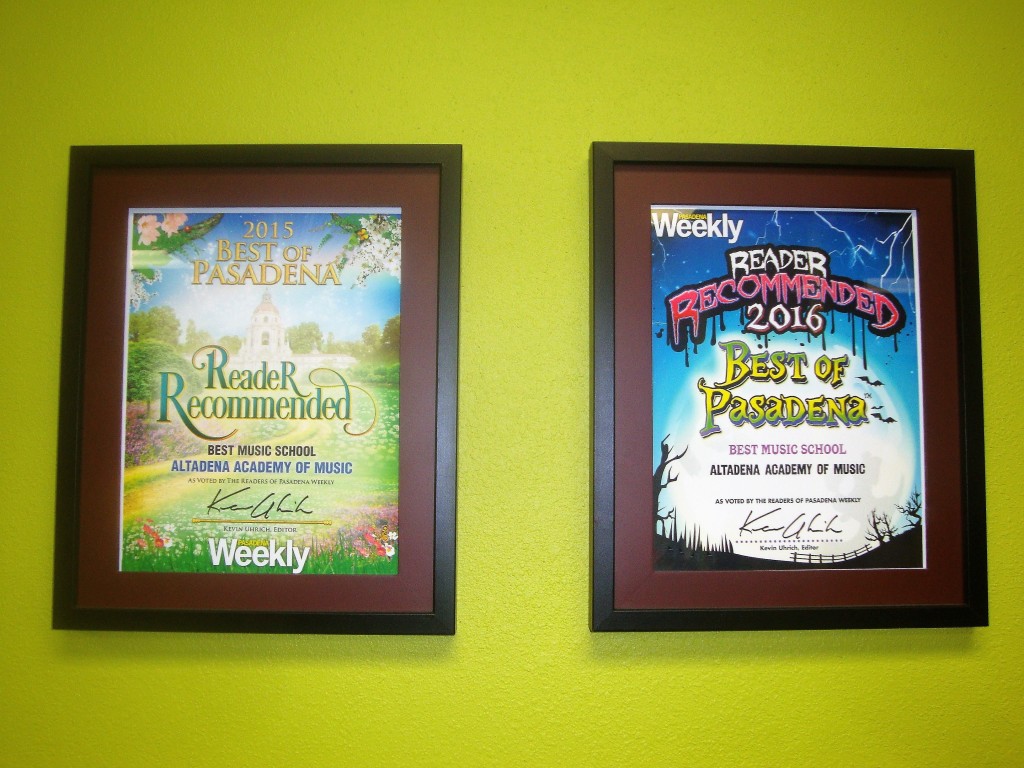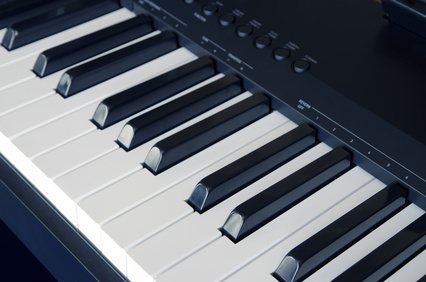by Jen Hickle
I have to tell you something.
Music lessons aren’t actually about music. No– music lessons are about so much more.
When you push through a hard spot and don’t give up, you’re learning perseverance and tenacity.
When you show up every week for mentoring from your teacher, you’re learning consistency, keeping your promises, and how to show up on time.
When you practice, you are developing discipline skills that will last you a lifetime.
When your knees are shaking and you climb the steps onto the stage and perform, even though you’re scared, you’re learning that you can do things scared. And succeed.
When you play music in front of a large audience, you’re learning how to get up in front of people and stay poised and confident.
When you totally mess up, you’re learning how to dust yourself off and try again.
When you master a song, you’re learning how to stick with something and conquer it!
When you drop your backpack every day and head to practice your music, you’re learning time management skills.
When you hear a song on the radio and you know how hard it is, you have learned music appreciation.
When you go to a concert and admire the talent on stage, you have learned what it means to be a musician.
I have to admit. It’s never been about music lessons at all. It’s about all the LIFE lessons that you are learning along the way.
Parents, thank you for giving your kids the GIFT of music and life lessons!







